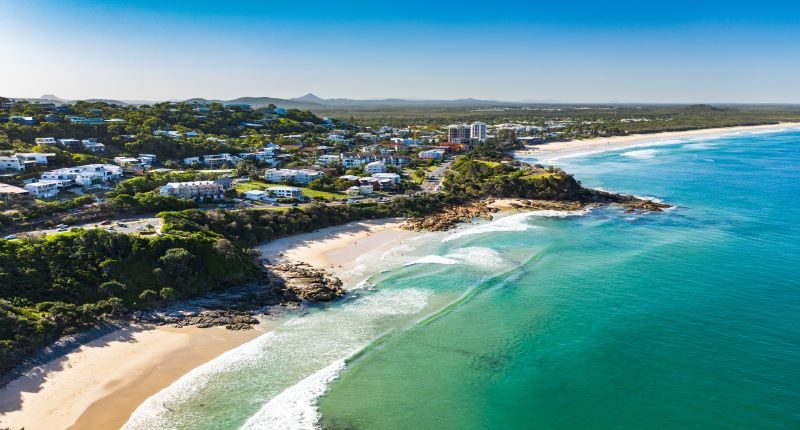- Capital cities losing residents to regional areas
- Many shifting to parts of regional NSW and Qld
- First time since 1981 that regional population growth is more than cities
Our regional areas have sure been outshining their big city counterparts regularly of late.
A few hours before the Federal Budget was released, the latest regional population figures were announced by the ABS and highlighted the continued in-flows of people into smaller population centres around the nation.
According to the ABS, in the 2020-21 financial year (the latest figures available), there was a net decrease of 26,000 people away from capital cities, which was the first overall population decline for the capitals ever recorded.
It’s important to point out that the net result reflected increases in four capital cities (Brisbane, Perth, Adelaide and Canberra) offset by declines in the other four.
Over the year, Melbourne’s population declined by 60,500 people and Sydney’s by 5,200. Conversely, Brisbane’s population increased by 21,900 and Perth’s by 16,200.
However, these latest figures are a clear indication that the tree- and sea-change that began at the start of the pandemic is not showing any signs of abating.
Indeed, with the work-from-home (WFH) phenomena now well entrenched in our employment sector, it’s unlikely that these types of migration patterns are going to drastically change anytime soon.
During the 2021 financial year, the population of regional New South Wales increased by 26,800 and increased by 24,100 in regional Queensland. Regional Victoria also posted a population rise of some 15,700 people.
According to ABS Director of Demography Beidar Cho, the regional population increase of 70,900 over the year was the first time since 1981 that the regions outpaced capital cities into terms of new residents.
It’s little surprise then that CoreLogic’s quarterly Regional Market Update showed Australia’s 25 largest non-capital city regions have continued to achieve unprecedented increases in value.
Over the 12 months to January, 24 regions recorded double-digit annual growth for houses, with 18 regions notching up gains in excess of 20 per cent.
This was at a time when value growth in some capital cities, such as Sydney and Melbourne, had started to slow.
Regional infrastructure bonanza
These significantly different migration patterns than the norm did not go unnoticed in the Federal Budget with $7.1 billion earmarked for major infrastructure projects in the regions.
Infrastructure projects – both under way and planned – are good indicators on where increased residential property demand can be anticipated.
Generally speaking, the main types of infrastructure projects can be bundled into three strands – utilities (electricity, gas, etc); transport (train stations, new roads, etc); and social and business (schools, hospitals, etc.)
Growth in infrastructure leads to an increase in employment opportunities, which results in economic growth that generates an increase in demand for real estate.
Infrastructure improvements – especially the social and business type – can lead to suburb revival and gentrification that can lead to an increase in prices.
The huge investment in regional infrastructure is a sign that property markets in many of these locations, such as regional New South Wales, are likely to see continued strong conditions for some time yet.
Sydney population bounce
It’s also important to consider the population results for Sydney in light of limited overseas migration during the period. Indeed, a net decline of about 5,000 people actually should be viewed in a positive light for our nation’s largest city.
Of course, we also need to remember that these statistics reflect the 2021 financial year – a period when our international borders were closed to mostly everyone.
Prior to the pandemic, Australia had a net increase of about 226,000 overseas migrants every year, with a significant proportion of these people choosing to live in Sydney.
While no one is expecting these types of migrant in-flows to return in the short-term, there is no question that Sydney’s population is set to bounce, which will place additional demand on housing supply.








